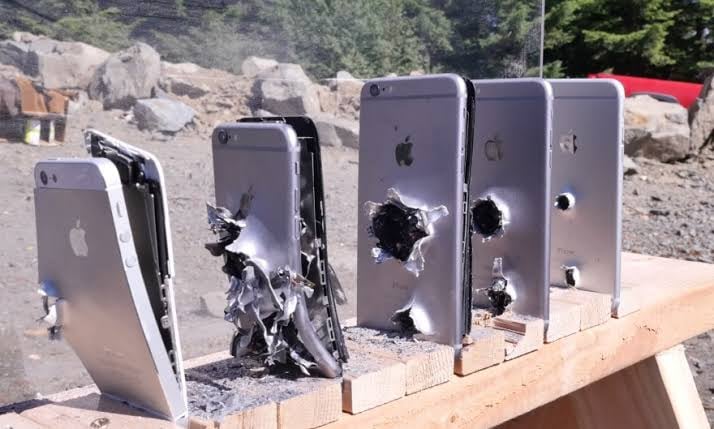The Revolution in Military Media Affairs
The Revolution in Military Media Affairs
Shifting Dynamics of the Information Environment during Conflicts

While watching this interview I had some thoughts.
When discussing the role of media in war coverage, it's important to consider the historical evolution of war correspondents. In the 19th century, journalists began to emerge as essential intermediaries between the battlefield and the public. This altered how the masses experienced war, and the military soon realized the need to manage information.
During World Wars I and II, war correspondents had relatively free access to soldiers and events, but their reports were censored to ensure the "correct" framing. The media largely supported the military and government perspective of the war. This was still true during the Korean War and the start of the war in Vietnam.
Distance from Battlefield to Living Room
In the 19th century, war news was often days old by the time it reached the public. The invention of the telegraph improved the speed of news transmission, reducing the distance from the frontline to the home front. The telephone later increased the speed even more, and newspapers with multiple daily editions allowed for relatively timely distribution of news updates.
View the War From Afar
Advancements in media also had a profound impact. Still photography and later film made war more visceral for consumers, but news was still slow to reach audiences. Newsreels shown in movie theaters on the home front were days or weeks old by the time they were seen.
Experience the War at Home
The arrival of television, however, dramatically changed the information landscape.
A major shift occurred when color television crews entered Vietnam with combat units, bringing the war into living rooms, sometimes in real time. Control over war information slipped from the military and government into the hands of journalists. Some even blamed the loss of the Vietnam War on television.
In the Gulf War of the early '90s, live coverage by CNN earned it the moniker "the CNN war." It was a war broadcast live on 24-hour cable news, with talking heads providing framing and running commentary. The media environment wasn't as free as it was during the Vietnam era, but it also wasn't as controlled as it was in World War II.
Another Paradigm Shift
The military continued to find ways to manage the information environment. During the invasions of Afghanistan and Iraq, journalists could embed with military units, provided they didn’t upset the military with their reporting.
As the security situation deteriorated, Western journalists found it increasingly unsafe to gather news stories firsthand. Local reporters, instead, worked as stringers, submitting stories to Western media outlets. This was a precursor to the modern information environment, where locals collect and report war news through their own cultural lens.
The Arab Spring and the Libyan conflict were early examples of a new media environment for conflicts, with real-time sharing of pictures, videos, and text on social media reaching a global audience.
Modern Media Conflict Coverage
Several factors have significantly changed since the days of the early war correspondents:
Speed: Events can be published in real-time and archived forever. The distance from the reporter to the home front has shrunk.
Media: The variety of media has expanded beyond text to include streaming color video with audio.
Platform: Access to an audience is no longer monopolized by a few centralized media companies; social media has democratized reach.
Reporters: From war correspondents to stringers to witnesses and participants. The distance from the event to the reporter has shrunk.
The distance from the frontline to the home front has collapsed, active participants can livestream events in real time directly to a global audience. Once again, the military has lost control over the information environment. Indeed, this loss of control is more pronounced than ever before because anyone who witnesses military activity can publish globally.
For now, the information environment is truly beyond the control of the military.
Add a comment: